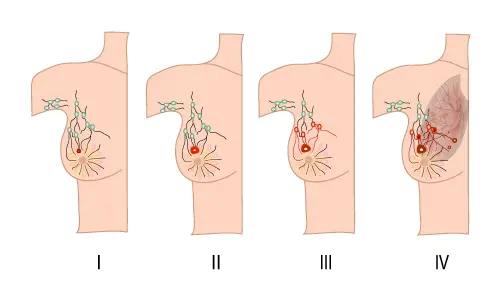
Breast Cancer surgeon in South Delhi
Nothing can be more important than a warm and highly skilled specialist when you are diagnosed with breast cancer. Dr. Archit is the best oncologist & cancer specialist with a deep and broad knowledge as a breast cancer surgeon in South Delhi. To make the patient feel comfortable, Dr. Archit provides tailored therapy regimens, and he is the most recent in surgical methods such as breast-conserving surgery and a highly developed sentinel lymph node biopsy combined with the least possible oncological risk and the best possible cosmetic results and your quality of life in the long run.
What is Breast Cancer?
Breast cancer is one of the most common cancers affecting women, though it can also occur in men. It originates in the cells of the breast, typically in the milk ducts or lobules. Risk factors for breast cancer include age, family history, genetic mutations such as BRCA1 and BRCA2, hormonal factors, and lifestyle choices like alcohol consumption and lack of physical activity. Early detection is key to improving survival rates, and it can often be achieved through regular self-exams, mammograms, and clinical exams. Symptoms of breast cancer include a lump in the breast, changes in the size or shape of the breast, unexplained pain, or skin changes. If detected early, breast cancer can often be treated effectively through a combination of surgery, radiation, chemotherapy, hormonal therapy, and targeted therapy. Advances in personalized medicine and treatments have improved outcomes, particularly for early-stage breast cancer. While the survival rate for breast cancer has increased due to these improvements, ongoing research and awareness continue to play a critical role in better prevention, early diagnosis, and treatment strategies.
Breast cancer is cancer that forms in the cells of the breasts. After skin cancer, breast cancer is the most common cancer diagnosed in women in the United States. Breast cancer can occur in both men and women, but it's far more common in women


